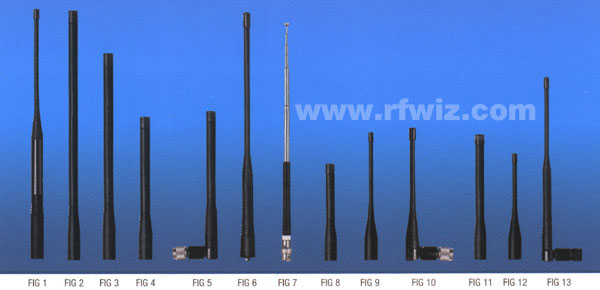
<< radio home
<< index
by disinfoniacs #69 & #1
>>>>
Amidst the vast and labyrinthine world of amateur radio, where oscillating frequencies and cryptic whispers collide in a miasma of electromagnetic waves, there lies a crucial, yet oft-neglected component--the antenna. This sinuous conductor serves as the heart, the very lifeblood of any self-respecting amateur radio station, be it the diminutive handheld device sporting the modest "rubber duck" or the Herculean apparatus of a base station with its imposing long-range antenna.

Let us, for a moment, examine the duck. A "rubber duck" antenna, often selected on the basis of cost and size rather than the elusive specter of effectiveness, is commonly sported on handheld transceivers. The principal shortcoming of this "rubber duck" antenna is its inability to transmit or receive signals with the same prowess as its full-sized brethren. Fear not, intrepid adventurer of the electromagnetic realm, for there exist myriad options for upgrading your handheld antenna, which can be readily acquired at your local ham store or through the ethereal marketplace of the internet.
Should you choose to embark on a vehicular expedition, armed with your trusty handheld radio, an external antenna shall serve as your unwavering guide to better transmission and reception. Within the confines of an automobile, the VHF antenna's valiant efforts to propagate signals are thwarted by the very metallic shell it finds itself encased within. The vehicle's body, a veritable Faraday cage, impedes the proper dissemination of electromagnetic waves, causing your signals to wither and decay within this shielding effect. Thus, to truly harness the boundless potential of your handheld radio, an external antenna shall be your loyal companion in the ceaseless quest for clearer communication.
<< previous lesson | next lesson >>
---
<< radio home
<< index
